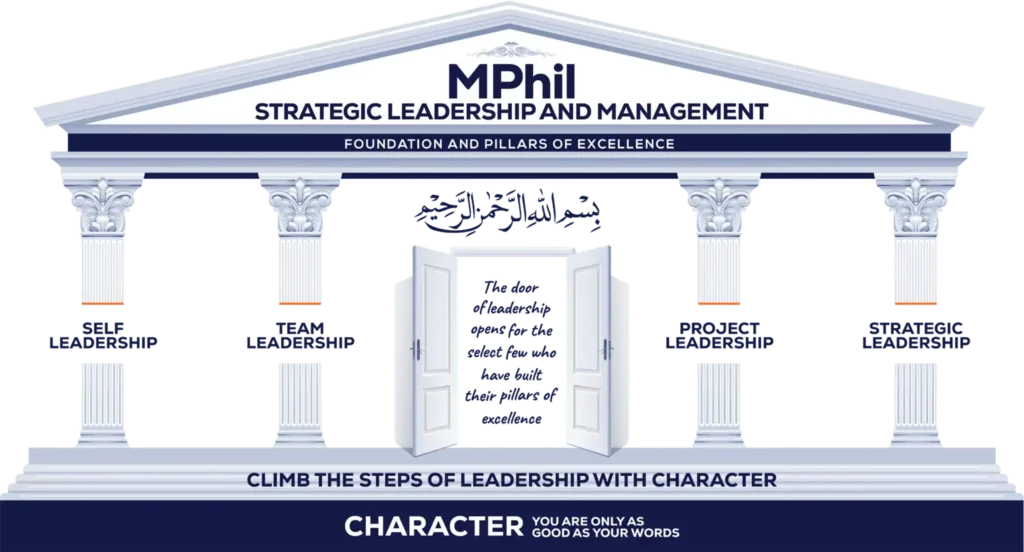
STRATEGIC-LEADERSHIP: 4th Pillar of Excellence

Business Understanding

Core Business Concepts
Finance
Marketing
Finance
HR
Economics
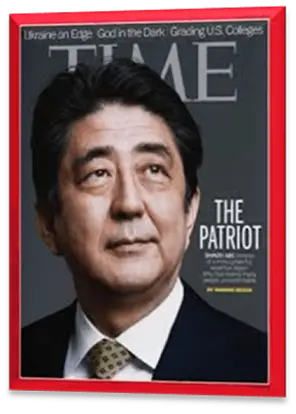
Critical Thinking

People Delude Themselves All the Time!
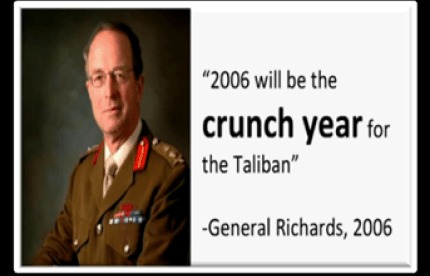
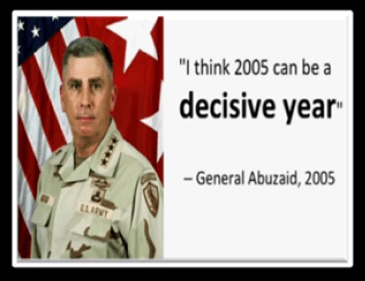
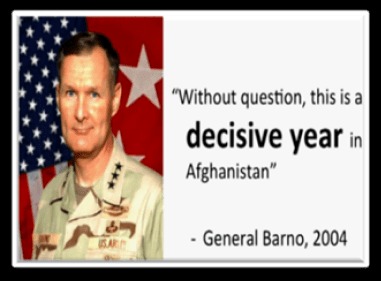
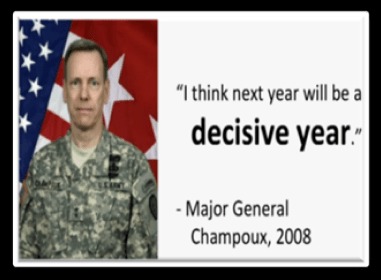
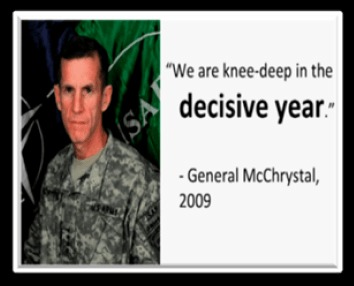

Delusion in the Business World

Systems Thinking
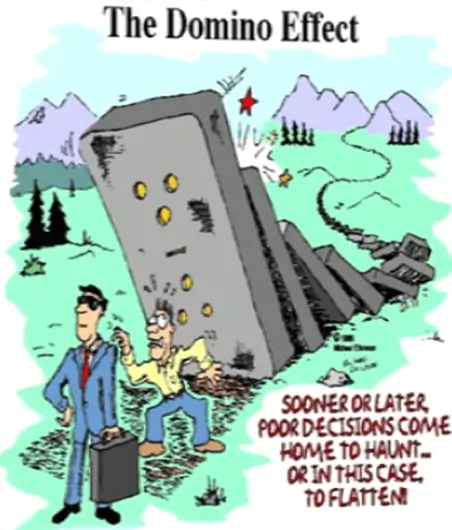
- Deregulation of telecommunications in 1996 led to an overinvestment bubble, which burst in 2001.
- Deregulation of electricity in California led to market manipulation, which hugely inflated energy prices to consumers (and Enron’s profits) at the expense of Silicon Valley, heart of US innovation.
- Deregulation of banking —notably the repeal of the Glass-Steagall Act of 1933, which had separated investment from commercial banking—set up conflicts of interest between the two branches and led to corrupt synergies between banks and industries.
- Lax regulation of the accounting sector led to the boom in share options, which greatly boosted managers’ pay and artificially inflated company profits. (By 2000, American CEOs were paid 500 times more than the average employee.)
Risk Management


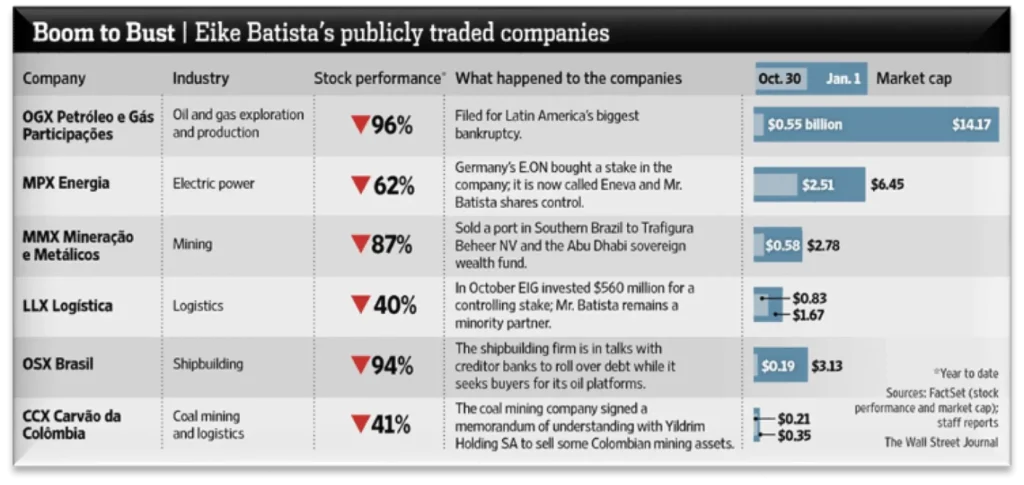
Historical and Global Perspective
Philosopher Arthur Schopenhauer once observed: “Every person takes the limits of their vision for the limits of the world.” To avoid constriction of one’s worldview, leaders need to enrich their vision with a global perspective since we now live in an era in which global issues strongly affect local decisions. Global warming, international financial crisis, nuclear proliferation, pandemics, human trafficking, poverty, terrorism, civil wars, refugee crisis, breakdown of old political order and world peace are some of the universal issues that now affect our very human existence. Leaders, therefore, cannot constrain their thinking divorced from international political, social, economic and technological agents of change.
Where global perspective broadens our vision of the universal issues, historical perspective enhances our understanding of the circumstances that contribute to the outcome of an event. Without historical context, it is easy to make decisions based on misleading conclusions. This is the reason why it is so aptly said that those who do not learn from history are condemned to repeat it and drag the Trojan horse within the safety of the city walls.
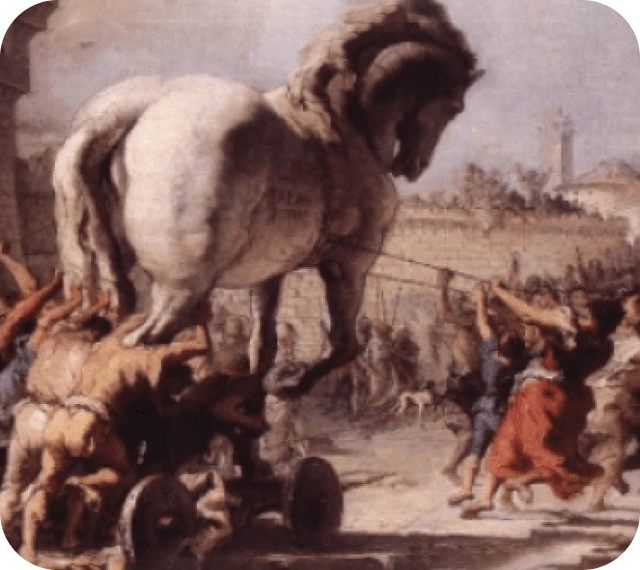


Strategic Planning
Vision
Situation Analysis
Goals
Action Steps
Success Criteria

Elizabeth the 1st of England
Strategic Leadership at its Best


